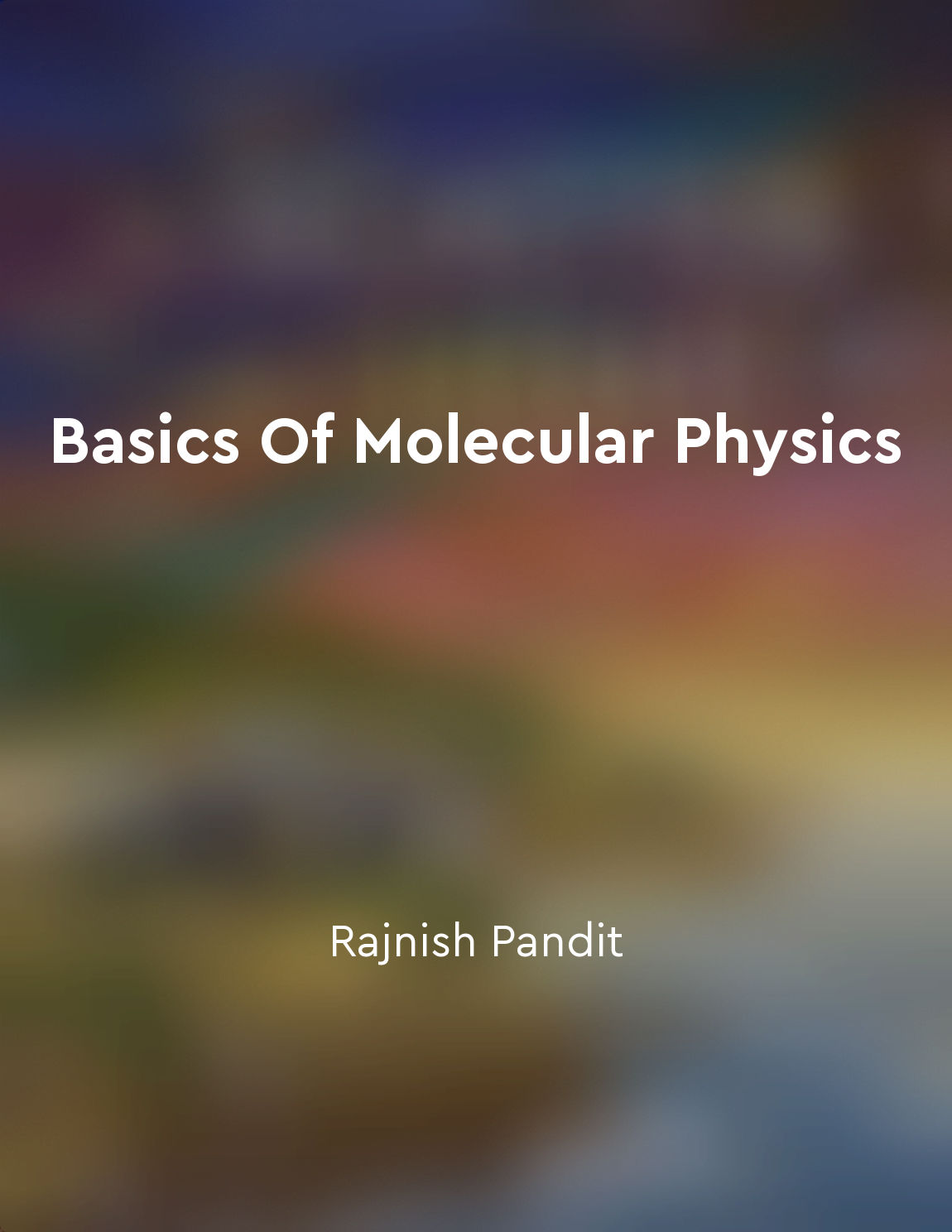Electron clouds from "summary" of Basics Of Molecular Physics by Rajnish Pandit
Electron clouds are a key concept in molecular physics, which describe how electrons are distributed around atoms. Understanding how these clouds influence the behavior of molecules is essential to comprehending the behavior of matter.- Electron clouds are regions of space around an atom that have a high probability of containing electrons at any given time.
- The structure of an electron cloud determines the shape of molecules since certain shapes favor particular electron configurations.
- The energy of each electron in the electron cloud can also be determined by its position within the region.
- Although the electrons are constantly moving in different directions across the electron cloud, their average position relative to the nucleus remains the same over time.
- By studying the electron clouds of different particles, scientists can gain insights into how atoms interact with each other as well as what kinds of bonds they form.
- They indicate the areas around the nucleus where the electrons are most likely to be found, and it is believed that the electrons moved throughout these regions.
- As electrons become further away from the nucleus, the probability of them being present at any given point around the nucleus decreases, resulting in a lower concentration of electrons in further parts of the electron clouds.
- It is believed that the protons and neutrons in the nucleus attract the electrons to them since they are negatively charged, creating a weak binding force between them


